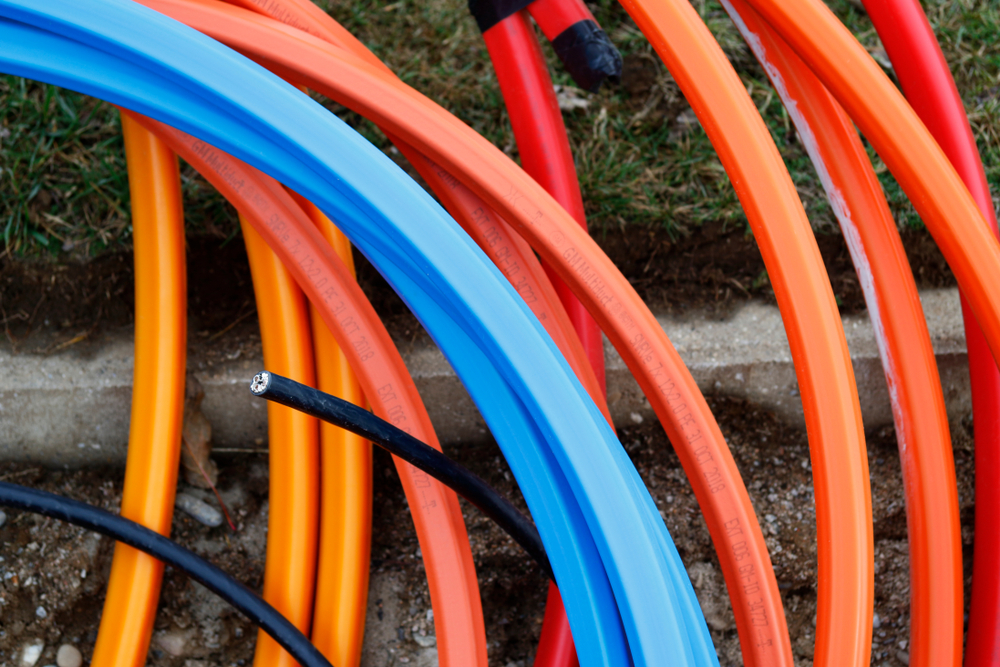Solution allows identifying optical fiber breaks more quickly
Optical fiber breaks, caused by accident or theft, are a constant challenge for network infrastructure operators in metropolitan areas. Developed by a Working Group (WG) of RNP's Advanced Services RD&I Program, the OnE! (Eye on the Link!) solution allows these events to be identified continuously, directing the necessary efforts to quickly reestablish connectivity.
OnE was created by a research group from the Postgraduate Program in Electrical Engineering at the Federal University of Espírito Santo (UFES) with the aim of reducing the time it takes to identify faults in optical infrastructure and, consequently, to repair these problems. The solution locates the region of physical links where faults occur and reduces the investigation time, which could take hours or days, to just a few seconds.
Among the benefits of OnE are the low cost of the solution, favoring preventive maintenance events, assisted by machine learning algorithms. The system used in the solution is compatible with traditional management networks, using interfaces such as SNMP, Syslog and OAM.
WG coordinator Camilo Diaz explains that the proposed system implements commodity devices (SFPs, balanced optical couplers/splitters, isolators, etc.) used in current optical fiber communications systems, which allows a reduction in implementation costs. “The proposal is based on the use of optical power monitoring techniques with the aim of simplifying the hardware (passive optical devices) to estimate faults along the optical fiber,” reports Diaz.
Monitoring will be continuous (24/7) and the use of AI will allow estimating, in addition to the location of the event, what type of event is causing the optical fiber break. Regarding the software architecture, the user interface is implemented with open source software, tools such as Grafana allow the implementation of the dashboard, and InfluxDB plus MQTT allows secure communication between the monitoring modules (hardware) and the client's cloud services.
The interface provides real-time geolocation of the optical fiber break, with a user-friendly and intuitive interface. In addition, it sends information to the maintenance team through channels such as Telegram, with relevant information on the location of the event.
OnE is in the Minimum Viable Product (MVP) validation phase and is looking for early adopters. LabNasNuvens will hold a webinar to present the solution on May 9th, at 3 pm (Brasília time). More information.
